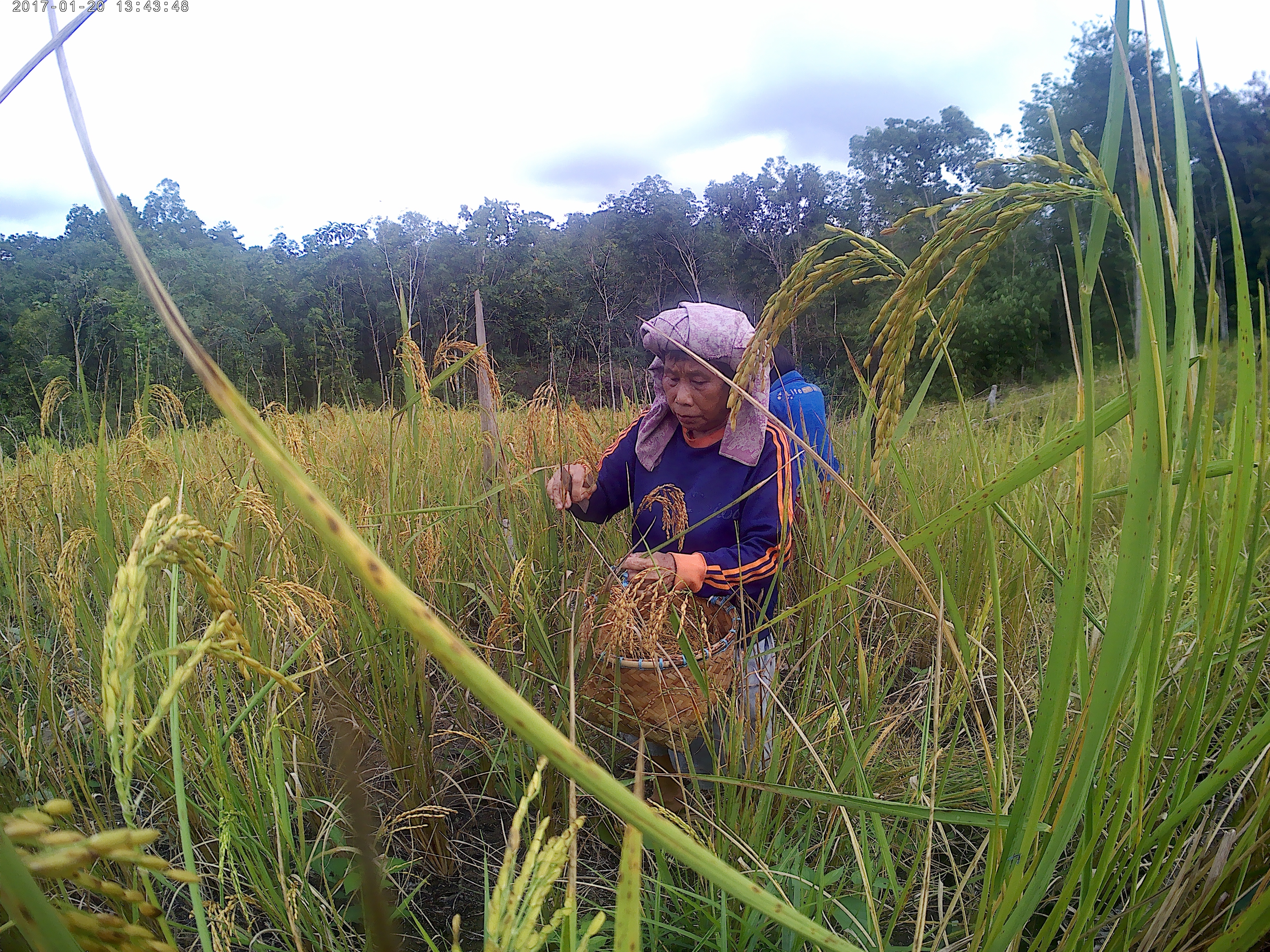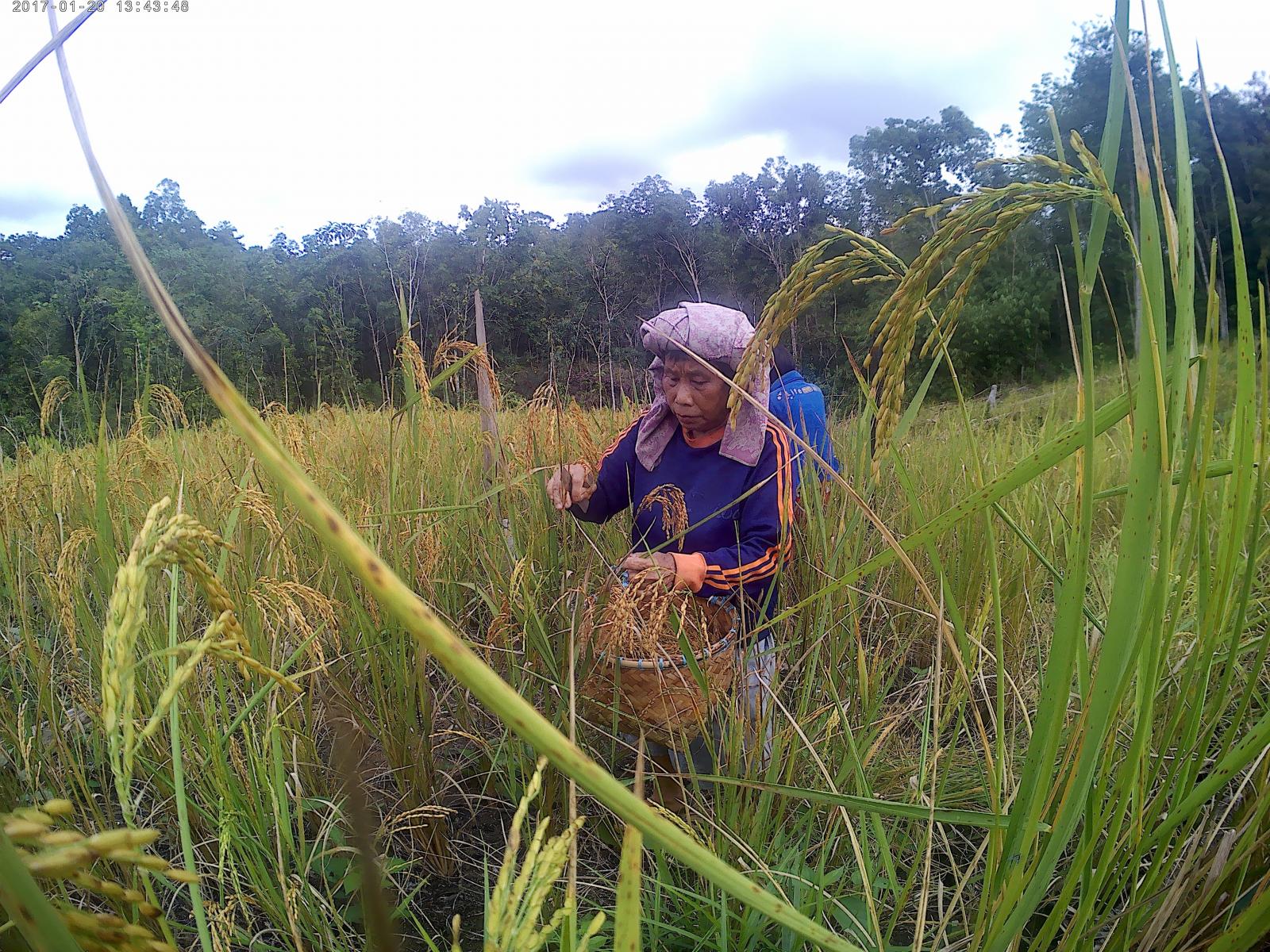An Overview Of Our Solution
- Population Impacted:
- Continent: Asia
Organization type
Population impacted
Size of agricultural area
Production quantity
People employed
Describe your solution
Describe your implementation
External connections
What is the environmental or ecological challenge you are targeting with your solution?
Describe the context in which you are operating
Link-AR Borneo encourage education and Strengthening shown to 'people in 5 villages (Kualan Hulu, Merawa, Pauh Concong, Power Stone, and Gema) revitalization to preserve the public lands and forests in Ketapang, West Kalimantan. revitalization of the village is an improvement of village authorities, traditional leaders and local residents to manage and utilize their own natural resources through a range of activities to improve the livelihoods and welfare without ignoring the natural sustained. Link-AR Borneo also create some impetus to the public to conduct participatory mapping associated forest areas and customs that are still owned by the community for the purpose of the establishment of protected forest land or of the remaining land can then be utilized by applying local wisdom of community land management, as well as evidence that the indigenous peoples is not a destroyer of forests / forest killer / destroyer of nature but indigenous people are people - people who maintain and exploit its natural wisely. (Pic from left to right: People during the Educations, man with a rare Jangkang Fruit, Orang Utan, Bloody Starfruit / local "Belimbing Blood", Natural farm products; forest cucumber).
How did you impact natural resource use and greenhouse gas emissions?
Language(s)
Social/Community
Water
Food Security/Nutrition
Economic/Sustainable Development
Climate
Sustainability
Revenue-Based Market
Return on investment
Entrant Banner Image

